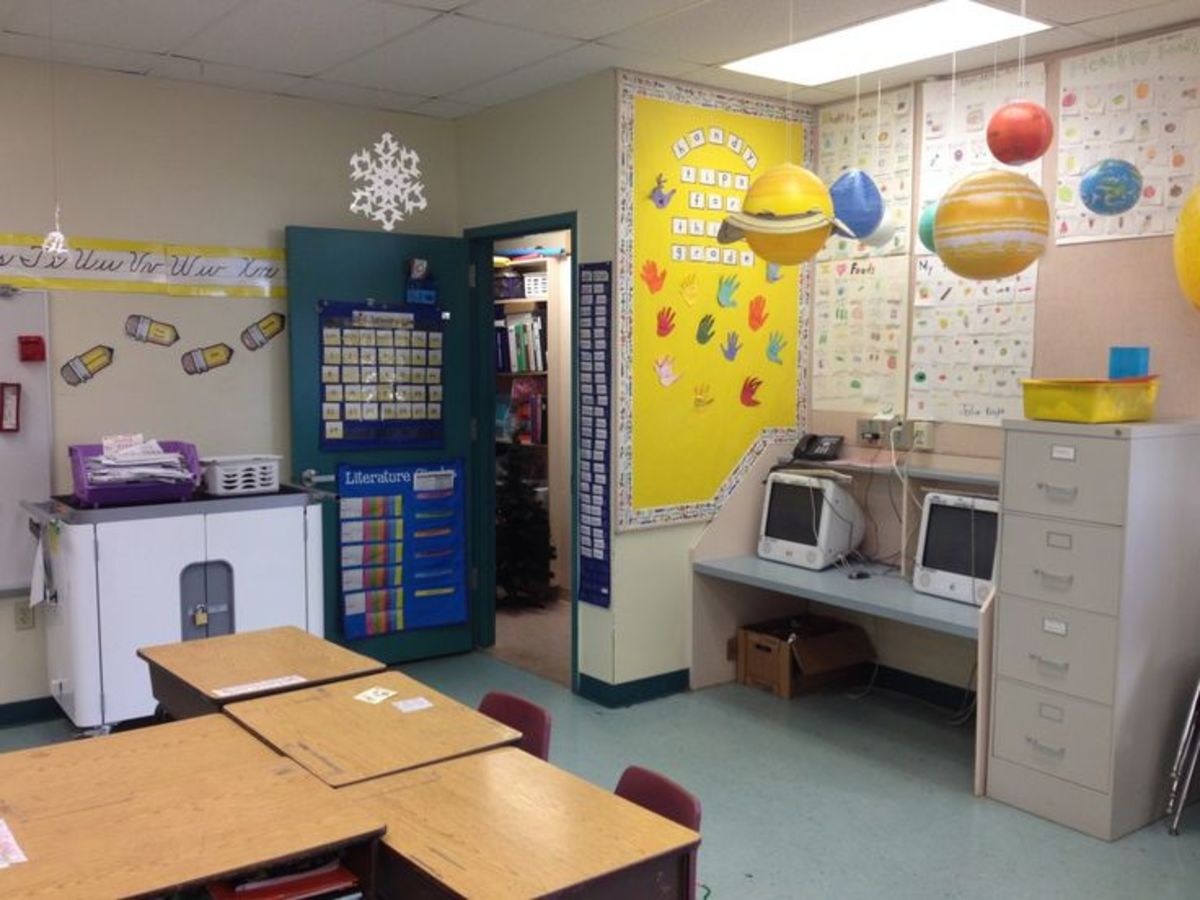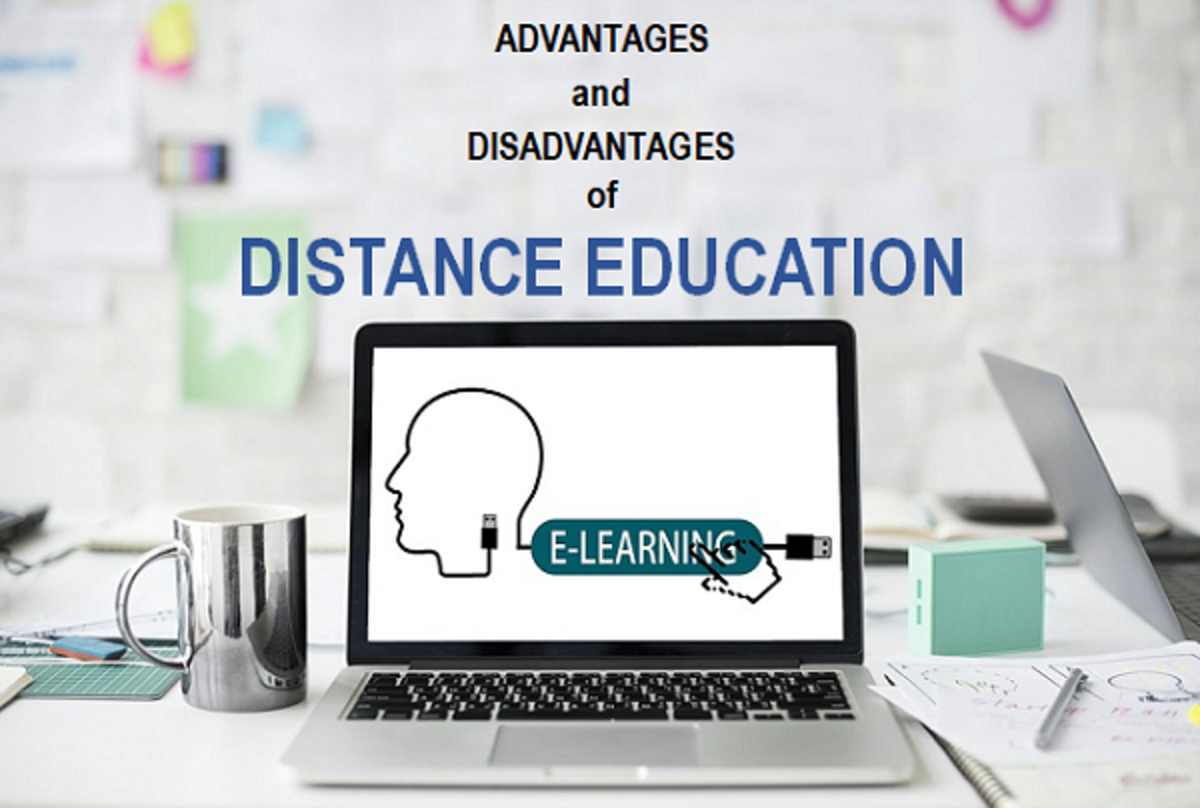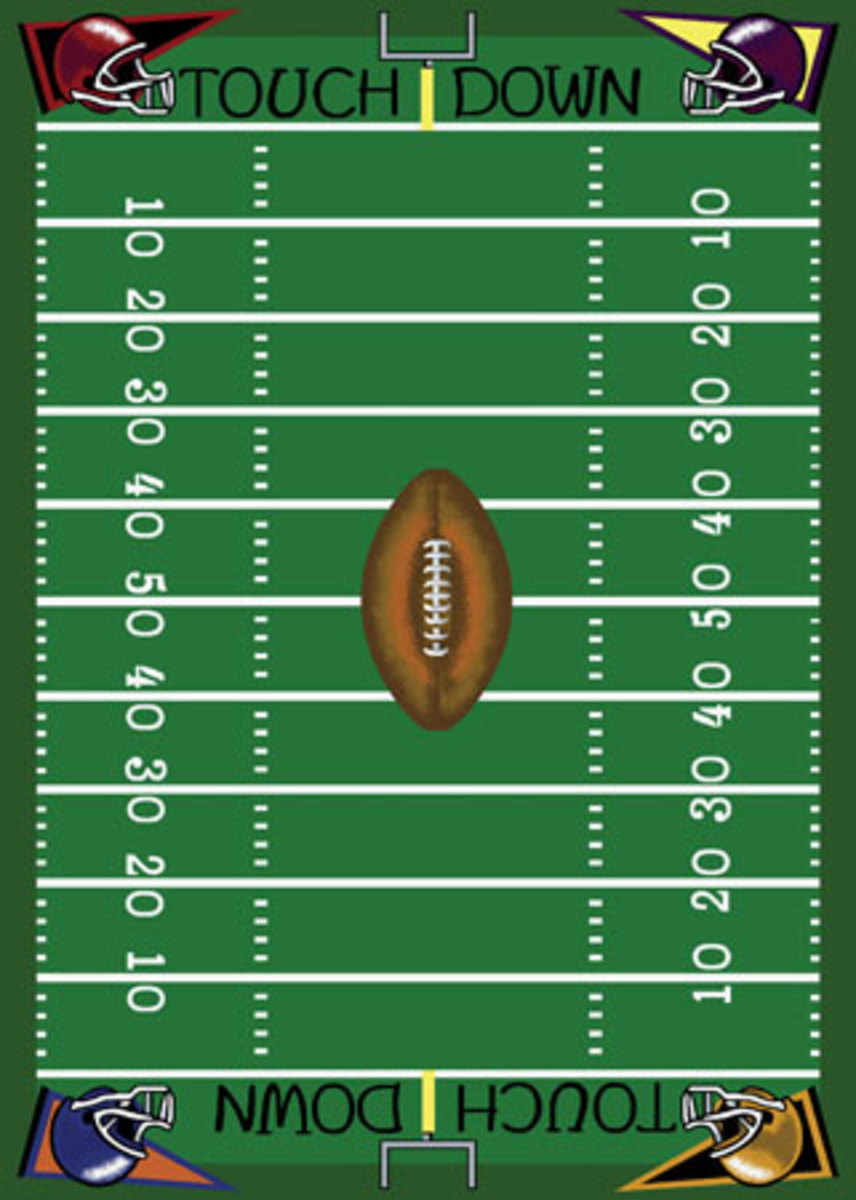Four-Techniques to Help Students Remember

Higher education is no longer occurring exclusively in the traditional classroom. While classrooms still exist; higher education has transcended the classroom boundaries and is moving more and more to internet based learning.
A research conducted by Scott L. Howell PhD etc., listed thirty-two trends that affect distance education. Through their research they discovered that student enrollment has increased and the largest high school graduation in the U.S. history occured in 2009. Universities are acknowledging that their institutions will not be able to accommodate this increase in student population and that distance education can help provide a solution to this growth. (Howell, 2003)
As distance education grows; the distance education learners profile will change. Distance education students are generally older and have a higher GPA than non-distance education students. Distance education programs are able to fit around student’s schedule of work, family and other obligations. As more and more classes go online - distance education will move from these older, higher GPA students to the more traditional classroom students. (Howell, 2003) As teachers and instructional technologists, we can help these students succeed in the online environment; an environment that requires the student to have the ability to work as a self-directed learner.
We should teach and help our students learn new skills to succeed not only in the online environment, but also in becoming lifelong learners. Self directed learning is not about learning a new educational technique or theory, but about the ability to learn new information on one’s own. Learning is not a passive skill but an active skill. As an online teacher you can help your student commit new information to long term memory; teach them how to store information for faster recall (Ormrod, 2008); teach them how to prevent decay of new information and how to construct information correctly. These skills will help students become active learners in their education, not the passive learners of the traditional classroom lectures.
Learning how to store new information in an organize way enable learners to recall information and thereby obtaining meaningful learning (the ability to relate new information to knowledge already stored in their long-term memory). First let looks at four reasons why students forget:

- Decay - psychologist have come to believe that information can gradually fade away or decay) Information that is more likely to decay is exact details of an event and verbatim information fades more quickly than underlying meaning or gist of the new information.
- Interference - learning one set of materials interferes with the ability to recall another set, also known as the theory of confusion.
- Construction Error –learner misinterprets information or new information is stored incorrectly; or at retrieval, learner remembers information that was never encountered. Construction at retrieval time is likely to occur when there are holes in the information retrieved. Possibly due to decay, interference, or unsuccessful retrieval. Increasingly likely to occur as time go one.
- Failure to store or consolidate - information may never have been stored completely in the first place. We didn't pay attention to the information so it never entered working memory. Or we didn't process it sufficiently to get into long term memory. (Ormrod, 2008, p. 294)
- Techniques When Using Markers to Color Graffiti
Learn how to color graffiti with markers instead of paint. There are three main styles to graffiti; tag, blockbuster and wild. - Teaching English As a Foreign Language by dragonflyfla
Now let’s look at ways we can teach and help students to remember/store new information:
- We need to teach our students the importance of organizing new information. Organization helps to facilitates its retrieval. As teachers we can help our students by presenting instructional objectives in an organize fashion. (Ormrod, 2008, p. 299) Teachers teaching distance education are more likely to think out and organize their lessons. They are not able to "wing it" in the classroom lecture style. By taking the time to organize their objectives in a hierarchial structure or in a cause-effect relationship their students will be better able to store the new information in their long term memory and information stored in an organized fashion is easier to retrieve.
- Retrieval technique for affect further retrieval. (Ormrod, 2008, p. 299) People tend to remember things in the same way - if they remember something incorrectly once, they are likely to remember it incorrectly again. Teachers need to make appropriate connections clearly, right from the start. Our students need to learn the importance of understanding the new material the first time; for correct retrieval in the future.
- Context being stored for retrieval shoud be stored in the same context. As a teachers you should give students numerous opportunities to relate classroom material to the various situations that are later likely to help retrieval - such as math to accounting. We need to teach ours students to come up with their own context in storing new information. By relating new information to information already known students will be able to make learning meaningful along with making information easier to retrieve from long term memory. (Ormrod, 2008, p. 300)
- Help students prevent decay by having them answer questions about past material. This can promote both review and further elaboration. Students should be encouraged to go beyond the information and construct a more sophisticated understanding. Questions should call for inferences, applications, justifications and solutions to problems as well as asking for knowledge. In an online class this can be accomplished through the discussion board, chat room or an synochronous software such as elluminate. As a teacher you can also determine if they are storing the new information correctly, in the proper context to prevent construction erors. (Ormrod, 2008, p. 301) We need to teach our students to review their notes on a regular basic until the new information is stored in long term memory and then review as needed to prevent decay.
- Creative and Critical Thinking
Using the arts to teach creative and critical thinking includes teaching self esteem and leadership skills.
Classroom assessment promote retrieval and review, they also influence the long term storage process. Assessments may enhances learning when design appropriately in four ways:
- promoting effective storage process
- encourages review before assessment
- requires review during the assessment itself
- provides feedback.
As teachers, we should teach our students that long term memory can probably never be a totally reliable record of information. Students need to realize the importance of learning the information correctly the first time; the importance of well organized notes emphasizing hierarchial order along with any cause and effect; the importance of associating new information in context to promote meaningful learning and to review the new information as needed in order to store the new information to long term memory.
References
Howell, S. L. (2003, Fall). Online Journal of Distance Learning Administration. Retrieved April 2009, from Thirty-two Trends Affecting Distance Education: An Informed Foundation for Strategic Planning: http://www.westga.edu/~distance/ojdla/fall63/howell63.html
Ormrod, J. E. (2008). Human Learning. Pearson Merrill Prentice Hall.









